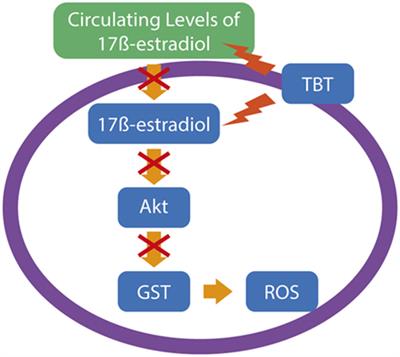EDITORIAL
Published on 26 Nov 2019
Editorial: Organotins as a Complete Physiologic and Endocrine Disruptor: Role of Disease Development
doi 10.3389/fendo.2019.00799
- 1,253 views
- 2 citations
11k
Total downloads
45k
Total views and downloads
You will be redirected to our submission process.
EDITORIAL
Published on 26 Nov 2019
REVIEW
Published on 29 Oct 2019
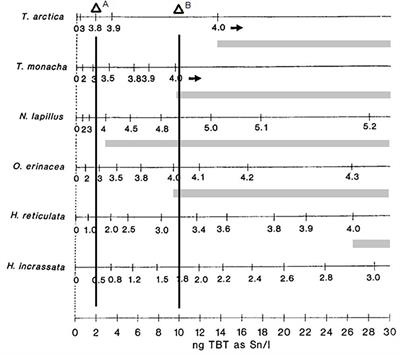
MINI REVIEW
Published on 12 Jul 2018
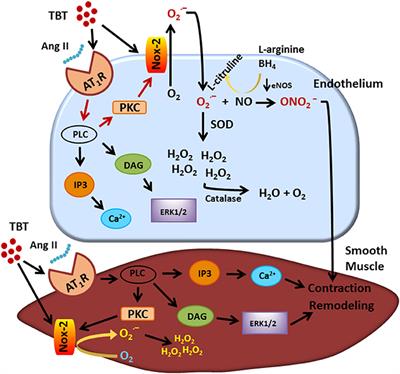
MINI REVIEW
Published on 22 May 2018
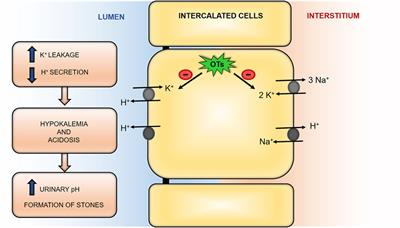
MINI REVIEW
Published on 10 Apr 2018
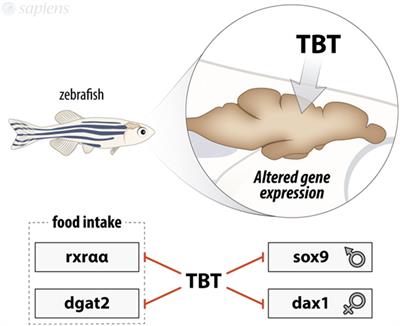
MINI REVIEW
Published on 16 Mar 2018
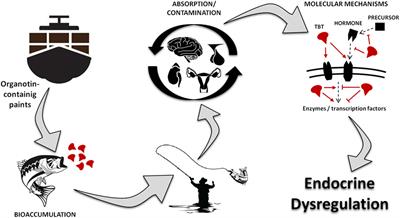
MINI REVIEW
Published on 01 Mar 2018
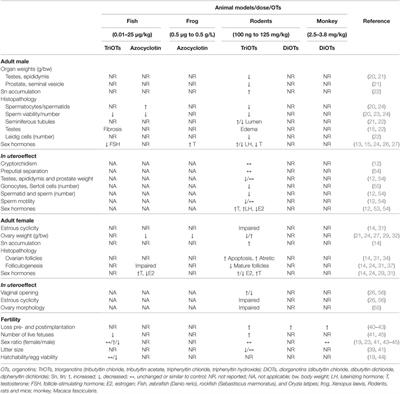
MINI REVIEW
Published on 27 Feb 2018
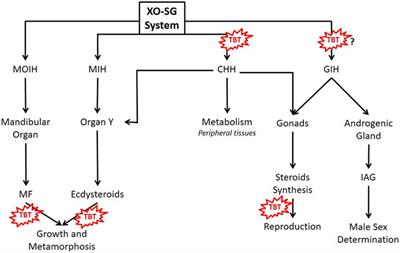
MINI REVIEW
Published on 22 Jan 2018

MINI REVIEW
Published on 08 Jan 2018
